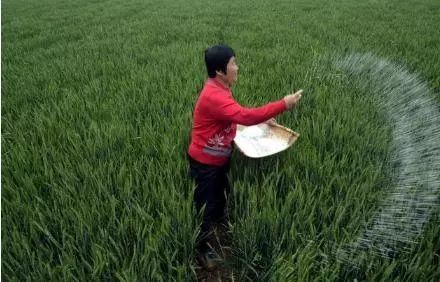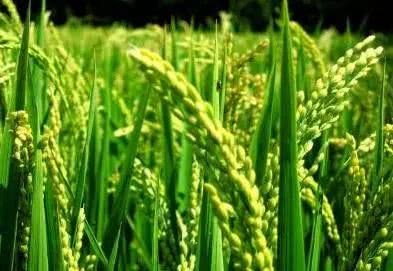Is it better to fertilize crops after watering or to water after fertilizing?

This is an interesting question, and one that most farmers probably don't discuss very much among agricultural producers. So should we water or fertilize first? From the perspective of fertilizer efficiency, it is natural to sprinkle fertilizer first and then water it, because only in this way can fertilizer be fully dissolved into the soil, so that crops can absorb and utilize it as much as possible.
However, even if it is watered first, there are still certain defects, such as the reduction of fertilizer utilization rate caused by fertilizer volatilization after fertilizer spreading. This is entirely possible, so theoretically, based on the solubility of fertilizer, if the field is wet, it will be completely different to spread fertilizer and then pour water. The first crop of small water can ensure that the fertilizer can be dissolved into the soil and avoid volatilization, and the next crop of large water can ensure that the fertilizer can be fully dissolved around the roots of the soil and easily absorbed and utilized by the plants.
However, it is not very realistic in production. After all, the labor intensity of the above methods is too large and complicated. Therefore, even if this method is very effective, I am afraid it will not be accepted by the majority of farmers.
However, if the method of watering first and then spreading fertilizer is adopted, the fertilizer may not be fully dissolved, so the fertilizer loss will be greater. This is why farmers generally consider applying fertilizer when it is about to rain or when it is raining, rather than after the rain has stopped.
To sum up, although everyone may understand the above truth, if you really think about it, it is really difficult to confuse people for a while. Of course, for farmers, it is the so-called practice that makes true knowledge. In the actual labor of agricultural production, a relatively perfect fertilization scheme has already been summarized, and naturally, it will not do the measure of watering first and then spreading fertilizer. However, in agricultural production, it was no problem to sprinkle fertilizer while watering.
Here is science rejuvenates agriculture, welcome to add attention, take you to grow knowledge together.
- Prev

Corn and peanuts are short and strong, so does rice also need to be short and strong?
The answer is yes. Dwarf and strong agent is an antagonist of gibberellin, as a plant growth regulator, it can effectively control plant overgrowth, promote reproductive growth, shorten plant internodes, grow short, strong, thick, well-developed root system and lodging resistance.
- Next

This is the Chinese flower arrangement.
Appreciate a thought, a flower blooms, a flower means a world. A Zen flower ware shows more artistic conception. A kind of life Zen, another kind of natural beauty, condensed in the square inch, everything has the meaning of Zen. -- THE END-- Flower Wild Nature in the field of flower art.
Related
- Wuhan Hospital Iron Tree Blooming Result Was Instantly Frightened by the Gardener Master
- Which variety of camellia is the most fragrant and best? Which one do you like best?
- What is the small blue coat, the breeding methods and matters needing attention of the succulent plant
- Dormancy time and maintenance management of succulent plants during dormancy
- Minas succulent how to raise, Minas succulent plant pictures
- What are the varieties of winter succulent plants
- How to raise succulent plants in twelve rolls? let's take a look at some experience of breeding twelve rolls.
- Attention should be paid to water control for succulent plants during dormant period (winter and summer)
- Watering experience of twelve rolls of succulent plants
- Techniques for fertilizing succulent plants. An article will let you know how to fertilize succulent plants.

